Graduate School Letter of Intent Template
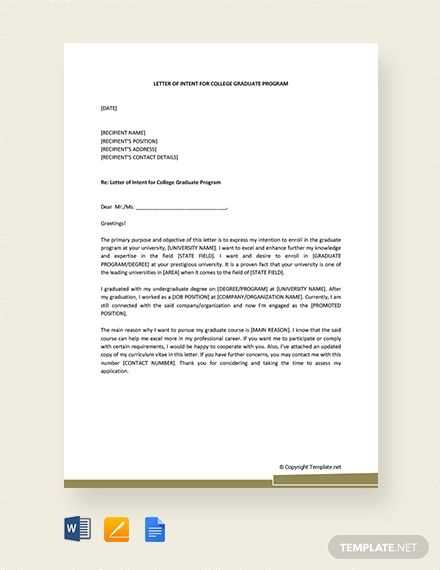
When applying for higher studies, a well-written personal statement can significantly influence your chances of acceptance. This document serves as an introduction to who you are, your motivations, and your qualifications. It provides the admissions committee with insight into your academic background and personal drive, allowing them to assess your suitability for the program.
Creating an impactful personal statement requires a balance of professionalism and authenticity. While it’s important to showcase your academic achievements, equally crucial is demonstrating why you are passionate about the field and how your experiences align with the institution’s values. A strong application letter not only tells your story but also highlights your commitment and enthusiasm for pursuing advanced studies.
Whether you are just beginning your application process or refining an existing draft, understanding the key components of this essential document will help you present yourself in the best possible light. This guide will walk you through the critical elements and provide valuable tips for drafting a compelling piece. By the end, you’ll be ready to submit a statement that reflects your academic goals and aspirations clearly and effectively.
How to Write a Strong Application Statement
To craft an effective document that communicates your qualifications and motivations, it is essential to follow a clear and structured approach. The goal is to present your academic and personal background in a way that aligns with the program you are applying for, while also showcasing your genuine interest and commitment. A strong personal statement will make a lasting impression on the admissions committee.
Start with a Compelling Introduction
Your opening should grab the reader’s attention and set the tone for the rest of the document. Begin by briefly describing your passion for the subject and why you are excited to pursue it further. Be specific about the goals you hope to achieve and how the program aligns with your aspirations. This section serves as an opportunity to establish a connection with the reader, showing them your genuine enthusiasm.
Highlight Relevant Experience and Skills
Next, focus on the experiences that have prepared you for advanced studies. Discuss your academic achievements, internships, research projects, or any other relevant activities that demonstrate your capabilities. Emphasize the skills and knowledge you have gained that are directly applicable to the field, while also reflecting on the personal growth you’ve experienced along the way.
Be sure to explain why you are an ideal candidate for the program. Admissions committees are looking for applicants who not only have the academic qualifications but also the determination and passion to succeed. By thoughtfully connecting your background to the program’s focus, you will present yourself as someone ready to make meaningful contributions to the academic community.
Conclude your statement with a strong closing paragraph that reaffirms your enthusiasm for the program and your commitment to your academic goals. Express your excitement about the opportunity to grow and contribute within the institution, leaving the reader with a positive impression of your dedication and potential.
Essential Elements for Advanced Studies Applications
When applying to an advanced program, it’s crucial to present a well-rounded application that demonstrates your qualifications, passion, and suitability for the field. A successful submission includes several key components that provide the admissions committee with a comprehensive understanding of your academic background, personal drive, and future goals. Each part of the application should be thoughtfully crafted to reflect your strengths and fit with the institution’s mission.
Key Components of Your Application
To ensure your submission stands out, make sure you include the following core elements:
| Element | Purpose |
|---|---|
| Personal Statement | To highlight your motivations, academic goals, and personal experiences that have led you to pursue further studies. |
| Academic Transcripts | To provide evidence of your academic achievements and performance in relevant coursework. |
| Letters of Recommendation | To offer insight from mentors or professors who can speak to your abilities and character. |
| Resume or CV | To summarize your academic background, work experience, and relevant skills. |
| Test Scores | To demonstrate your proficiency in standardized exams required by the program. |
Additional Documents to Consider
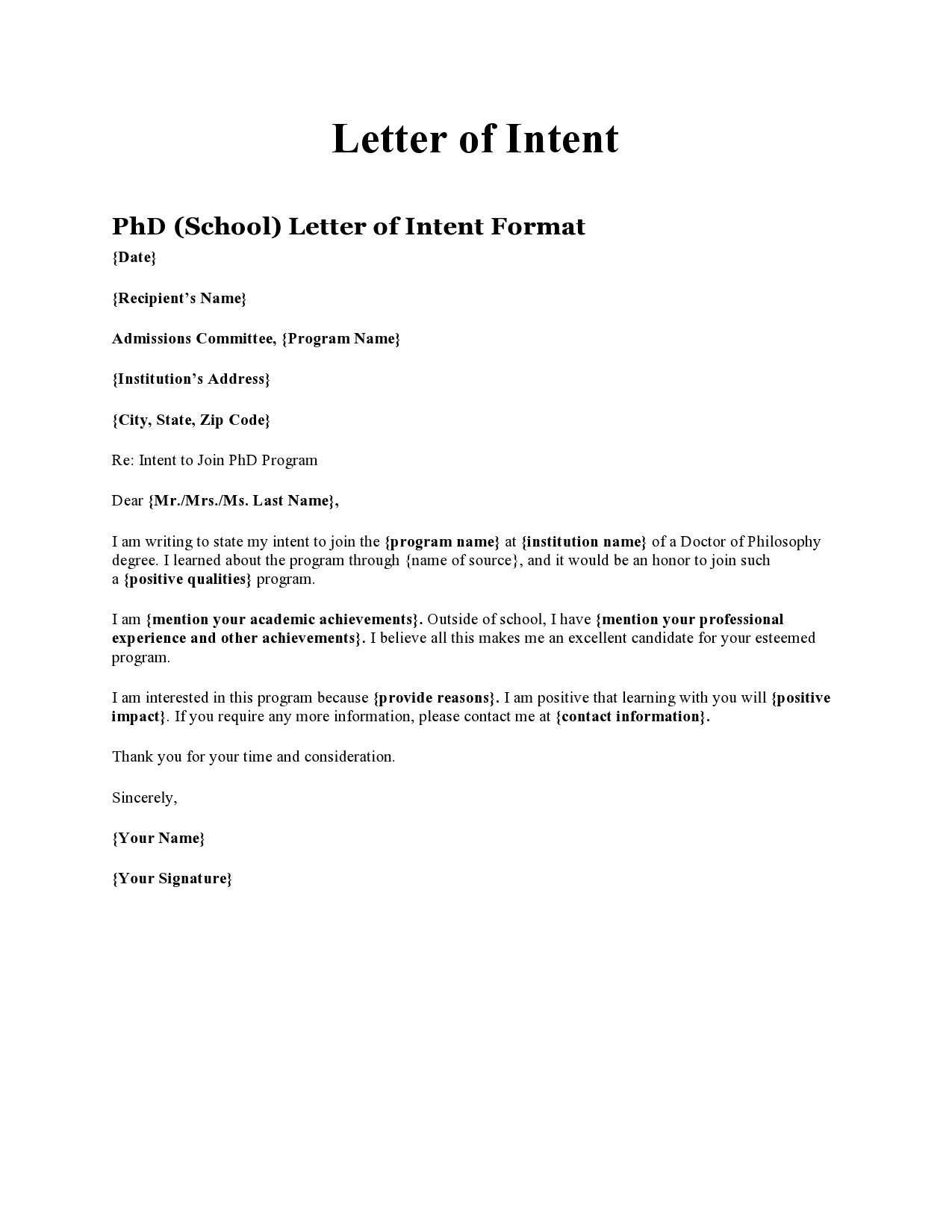
In addition to the primary elements listed above, certain programs may require supplementary materials such as writing samples, portfolios, or personal interviews. Be sure to carefully review the application requirements for each program to ensure you submit all necessary documentation. Thorough preparation and attention to detail will help you present a compelling case to the admissions committee.
Tips for Tailoring Your Application Document
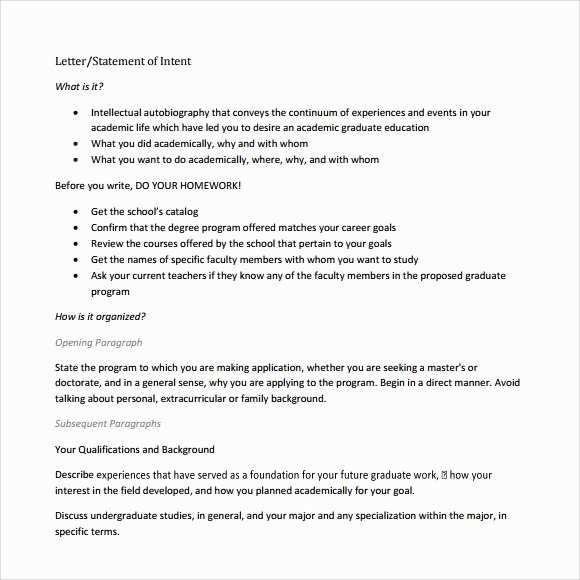
Personalizing your submission is essential to making a strong impression on the admissions committee. By customizing your document to align with the specific program and institution, you demonstrate that you have thoroughly researched the program and are genuinely interested in becoming part of their academic community. Tailoring your submission helps highlight your unique qualifications and shows how you will contribute to the program’s objectives.
Key Strategies for Personalization
- Research the Program Thoroughly – Understand the values, goals, and key areas of focus of the institution. Use this information to demonstrate how your background and ambitions align with their mission.
- Highlight Relevant Experience – Emphasize experiences and skills that directly connect to the program’s offerings. Tailor your examples to show that your past work or studies will contribute to your success in the program.
- Show Enthusiasm – Express your excitement and passion for the field and the specific opportunities that the program offers. Tailor your tone to reflect your genuine interest.
- Address Specific Program Features – Mention particular faculty members, research projects, or resources within the program that are of interest to you, explaining why they are important for your academic and professional development.
- Use a Clear and Focused Structure – Ensure that your writing is concise and focused on the key points you want to convey. Avoid generic statements, and instead, focus on what makes you a strong candidate.
Final Tips for Strengthening Your Application
- Customize Each Submission – Tailor your document for each program you apply to. Avoid using the same version for multiple applications as each institution may have different expectations.
- Seek Feedback – Ask mentors or peers to review your document. Their feedback can help refine your message and ensure that it resonates with the intended audience.
- Maintain a Professional Tone – While it’s important to showcase your personality and enthusiasm, ensure that your document maintains a professional tone throughout.
Common Mistakes to Avoid in Application Documents
When crafting an important document for academic applications, it’s easy to make errors that can weaken your case. Common mistakes can range from poor structure and vague statements to failing to address the key points that the admissions committee is looking for. Being mindful of these pitfalls is essential to ensure that your submission stands out for the right reasons.
Frequent Errors to Watch Out For
Avoiding these mistakes will help ensure that your submission is polished and professional:
- Generic Content – Using broad, unspecific statements about your goals or experiences can make your application appear unoriginal. Focus on concrete examples that highlight your unique qualifications.
- Failure to Customize – Sending the same document to multiple programs without tailoring it to each one can reflect a lack of effort. Each application should be customized to reflect the specific institution and program you are applying to.
- Overuse of Clichés – Phrases like “I’ve always wanted to pursue a career in this field” may sound uninspired. Be specific and show how your interests and background align with the program’s unique offerings.
- Lack of Focus – Straying from your main message or including irrelevant details can distract from your primary goals. Stay focused on the key aspects that make you a strong candidate.
- Neglecting to Proofread – Simple spelling and grammar mistakes can undermine the professionalism of your document. Always proofread multiple times and, if possible, have someone else review it as well.
How to Ensure a Strong Submission
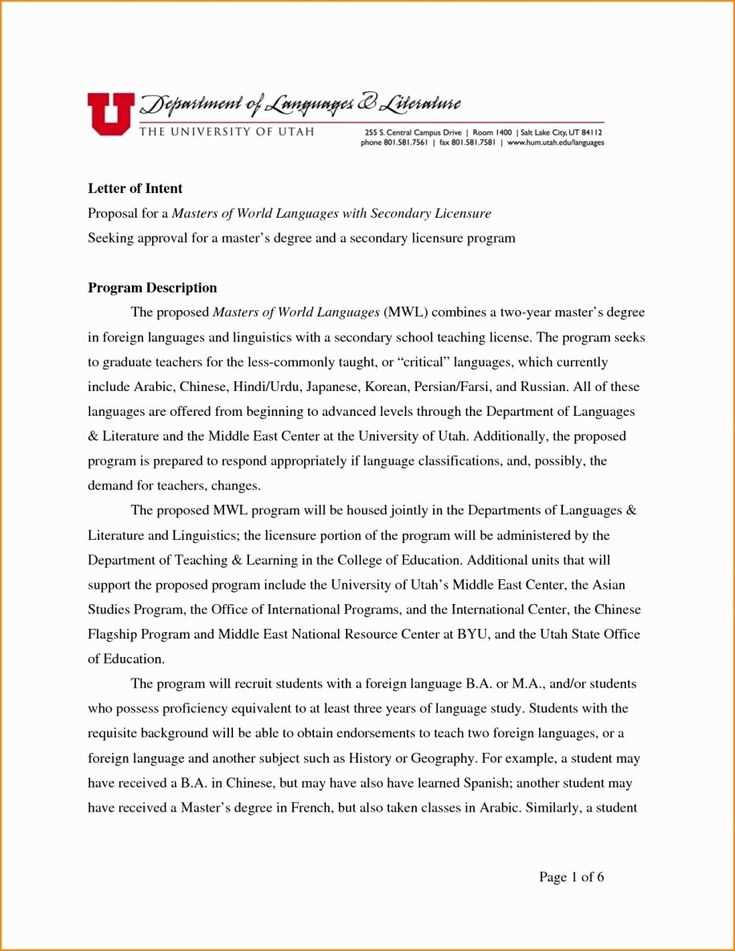
Taking the time to carefully consider your application and avoid these common pitfalls will significantly improve your chances of success. Tailoring your document to each program and keeping it focused, specific, and professional will demonstrate to the admissions committee that you are serious and dedicated to your academic goals.
Examples of Effective Application Documents
Illustrating how to craft a compelling application is crucial for understanding what works. Seeing examples of well-executed submissions helps to highlight key elements, such as a clear structure, engaging content, and tailored messaging. Below are examples that demonstrate how to effectively convey your aspirations and qualifications, making your application stand out to the admissions committee.
Example 1: Demonstrating Clear Academic Goals
Dear Admissions Committee,
With a strong background in molecular biology and a deep interest in biomedical research, I am eager to pursue further studies in your program. Having worked under renowned researchers during my undergraduate years, I developed a passion for exploring the genetic mechanisms that underlie chronic diseases. I believe your program’s focus on translational research aligns perfectly with my academic goals, and I am excited about the opportunity to contribute to ongoing studies at your institution.
This program offers the ideal environment to build upon my previous experiences while developing the advanced skills necessary to make significant contributions to the field. I am particularly excited about working with Professor Jane Doe, whose work on gene therapy has been a great inspiration to me. I am confident that my background, combined with the research opportunities at your institution, will allow me to thrive and make a meaningful impact in the field of biomedical sciences.
Example 2: Highlighting Relevant Experience and Skills
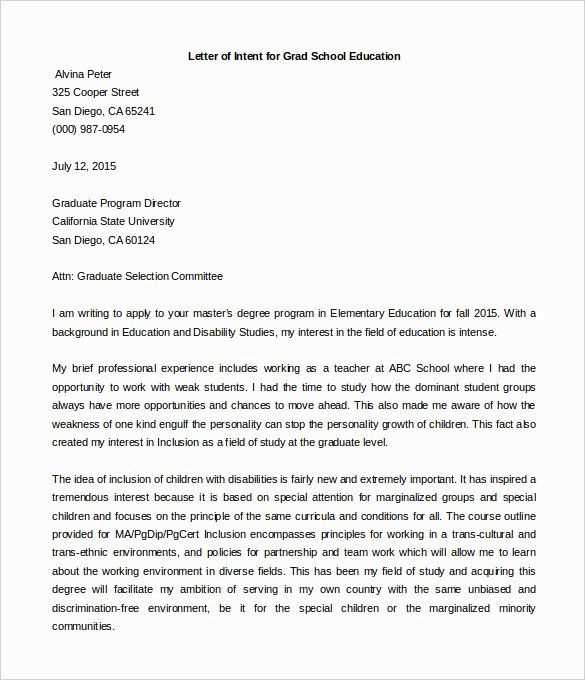
Dear Admissions Team,
I am writing to express my interest in your master’s program in data science. Over the past few years, I have cultivated a strong foundation in programming, statistical analysis, and machine learning through my academic coursework and internship experiences. These skills have prepared me to contribute effectively to your program, where I hope to expand my knowledge and apply these techniques to real-world problems.
During my internship at TechCorp, I worked on data modeling and predictive analytics projects that led to a 20% increase in efficiency for the company’s product recommendation engine. I am excited about the opportunity to deepen my expertise in artificial intelligence and big data, particularly within the context of your program’s cutting-edge curriculum and collaboration with industry leaders.
Thank you for considering my application. I look forward to the possibility of contributing to and learning from your esteemed faculty and peers.
How to Format Your Document Properly
Presenting your application in a clear and professional manner is essential for making a positive impression. Proper formatting ensures that your content is easily readable and well-organized, allowing the admissions committee to focus on your message without distractions. From margins to spacing, each detail contributes to the overall effectiveness of your submission.
Key Formatting Tips to Follow
Here are several important guidelines to follow when formatting your document:
- Use Professional Font and Size – Stick to standard, easy-to-read fonts such as Times New Roman, Arial, or Calibri in size 12. This ensures your content is legible and formal.
- Maintain Proper Margins – Set your document margins to 1 inch on all sides. This creates a balanced look and ensures that the content doesn’t appear cramped.
- Include Clear Headings – Use bold and concise headings to divide your content into manageable sections. This makes it easier for the reader to navigate through your document.
- Proper Line Spacing – Set the line spacing to 1.5 or double spacing for clarity and to give the text room to breathe. Single spacing can be too compact and difficult to read.
Final Touches to Ensure Professionalism
Before submitting your document, ensure that it follows these final steps:
- Proofread Carefully – Ensure there are no typos or formatting inconsistencies. Small mistakes can detract from the professionalism of your application.
- Consistent Alignment – Align your text to the left, as this is the most common and accepted alignment for formal documents.
- Include a Signature – If applicable, include your handwritten signature at the end of your document to personalize your submission.
By adhering to these formatting guidelines, you can ensure that your document is polished, professional, and ready for submission.